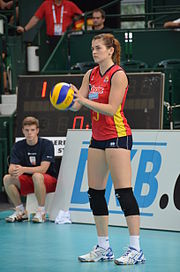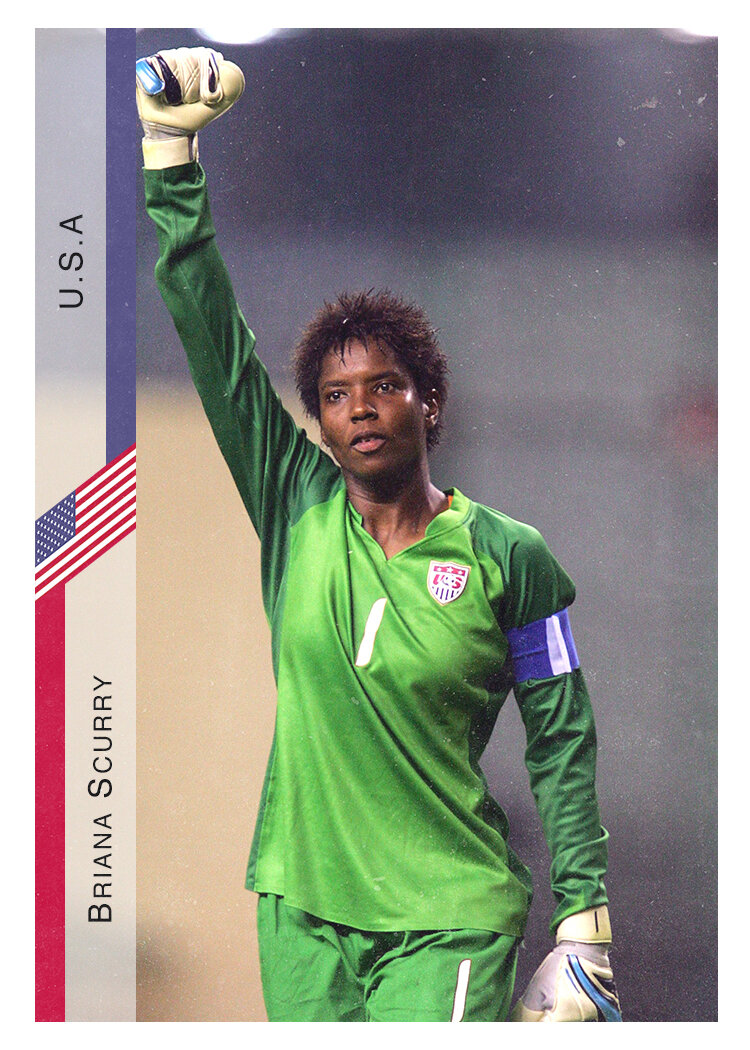
Cynthia Parlow Cone is an ex-soccer player and former professional executive. She is also the president for the United States Soccer Federation. She was also the 1999 FIFA Women's World Cup Champion and a two-time Olympic Gold Medalist. She was also the first woman president of the United States Soccer Federation.
President of U.S. Soccer
Cindy Parlow Cone of the U.S. Soccer Federation was reelected for a fourth term as president. Her primary areas of focus will be the collective bargaining process and a report from former Deputy Attorney General Sally Q. Yates into allegations of abuse in women's soccer. She will also continue to fight for equal pay and fair treatment for female players. In addition, she will focus on building the game in all of its forms.
USSF is in a weak financial position. Parlow cone has had to cope with a flood of lawsuits. Her recent equal pay contract has also restored public faith in US Soccer and allowed US Soccer to present a more united front before commercial partners. Cone, however, has much work ahead of herself as president of US Soccer.
Assistant coach at University of North Carolina
Cindy Parlow Cone, a former player, is now the assistant coach of the University of North Carolina women’s soccer team. Parlow Cone played college football at the University of North Carolina in Chapel Hill. She also has a lot of experience in coaching women’s soccer. She has also been a USSF "A", License Coach, and has taken FIFA Futuro III courses.

Parlow cone was a four-time All-American during Parlow's playing days. This helped the Tar Heels to four ACC regular-season titles, three national titles, and four national titles. Parlow Cone won two Hermann Trophies (the highest honor in women's soccer collegiate soccer). She is also a member in the UNC women’s soccer hall of Fame.
First female president of U.S. Soccer
Cone has been US Soccer president since March, when the Athletes Board elected her to the position. Cone was president from March to promote diversity efforts and bring back commercial rights. She also focuses on growing the sport through all its forms. She has achieved significant goals in her two years as president. These include a historic collective bargaining deal with the US National Teams' unions, and equal pay for women's and men's soccer players.
Cone is a three-time Olympian and former member of the senior U.S. National Team. Cone was also inducted into National Soccer Hall of Fame. As president, she has overseen a major shift in priorities of the Federation. She has placed greater emphasis upon diversity, inclusion, team building.
Portland Thorns FC head coach
The defending NWSL champions are Portland Thorns FC. The club was looking to bring Parlow home after a two year hiatus. The Thorns were ninth in the league last year, so the new coach will need to manage high expectations and limited resources. He or her must build a champion team.
Cone spent four years as an assistant coach at North Carolina University before taking over the Portland Thorns FC job. Cone was the coach of the team, which won four NCAA championships. In 2013, Cone became the Thorns' head coach. In addition to being a successful coach, Cone served on the US national team's youth task force and Athletes' council. She was also inducted into the National Soccer Hall of Fame.

Face of "Safer Soccer") initiative
Parlow cone, a former soccer player, is now the face behind a campaign to make football safer for kids. Former Olympic Gold medalist Parlow Cone is no stranger in concussions. In 2003, she suffered a second. After suffering recurring headaches, she retired from the national team. She has been a coach of soccer in Chapel Hill, North Carolina for the past ten years and has spoken about her experience and the importance to safety in the sport.
A group of concussion professionals and former professional athletes have joined the campaign. The goal is to minimize head-to–head collisions, which will help prevent concussions in young players. A Washington State study of junior-high girls found that a heading ban could help prevent as many as 30 percent of injury. This could result in an estimated 100,000 fewer concussions in youth soccer.